Bluespotted corydoras - Corydoras melanistius
Scientific name: Corydoras melanistius
Common name: Bluespotted corydoras
Family: Callichthyidae
Usual size in fish tanks: 5 - 6 cm (1.97 - 2.36 inch)
014
Recommended pH range: 6.4 - 7.4
Recommended water hardness: 4 - 18°N (71.43 - 321.43ppm)
0°C 32°F30°C 86°F
Recommended temperature range: 22 - 26 °C (71.6 - 78.8°F)
The way how these fish reproduce: Spawning
Where the species comes from: South America
Temperament to its own species: peaceful
Temperament toward other fish species: peaceful
Usual place in the tank: Bottom levels
Food and Feeding
Bluespotted Corydoras should be fed a varied diet consisting of high-quality flake food, sinking pellets, and algae wafers to ensure a balanced diet. Additionally, supplement their meals with treats such as bloodworms and brine shrimp twice a week to maintain their health and vitality. As these fish are most active during the evening, feeding them at this time will ensure they receive maximum nutrition from their meals.
Origin
Bluespotted Corydoras are native to South America, specifically the clear and slow-moving waterways of Guyana. Their natural habitat includes areas with abundant leaf litter and soft substrates, which are critical to mimic in the home aquarium for their well-being.
Sexing
Sexing Bluespotted Corydoras can be discerned by observing their physical characteristics from above. Females are typically larger and have a rounder, plumper body compared to males, making them slightly more robust in appearance.
Breeding
While breeding in captivity has not yet been documented for Bluespotted Corydoras, they are believed to behave similarly to other Corydoras species in the wild, where they scatter eggs. If attempting to breed them in an aquarium, providing a substrate of fine sand or smooth gravel and cooler water conditions during water changes may help emulate their natural breeding triggers.
Lifespan
The Bluespotted Corydoras has an expected lifespan of 3 to 5 years in captivity, depending on the quality of care, including water conditions, diet, and stress levels within the aquarium.
Short Description
Bluespotted Corydoras thrive in small groups and should ideally be kept with at least 5 individuals to promote natural schooling behavior. The aquarium should include ample hiding places and a substrate of fine gravel or sand to protect their sensitive barbels from injury. These fish are naturally timid and do best with other peaceful species, making them excellent candidates for community tanks. Their environment should replicate their natural habitat with plenty of plants and shaded areas to provide comfort and security.
Pictures
Bought by aqua-fish.net from jjphoto.dk.
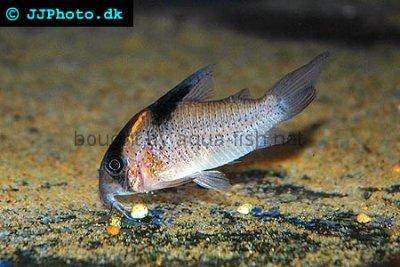




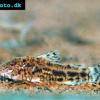 Aspidoras
Aspidoras 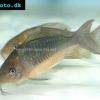 Giant
Giant 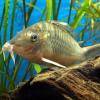 Hognosed
Hognosed 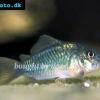 Emerald
Emerald 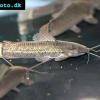 Cascarudo
Cascarudo 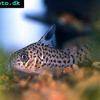 Acre
Acre 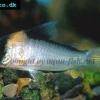 Adolfo’s
Adolfo’s 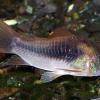 Bronze
Bronze  Agassizii’s
Agassizii’s 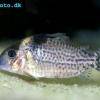 Spotted
Spotted 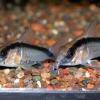 Skunk
Skunk 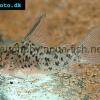 Corydoras
Corydoras 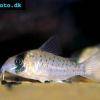 Fairy
Fairy 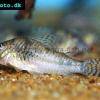 Corydoras
Corydoras 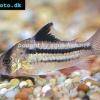 Pink
Pink 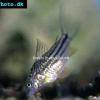 San
San 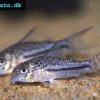 Bond’s
Bond’s 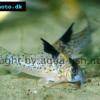 Spotted
Spotted 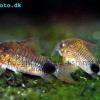 Tailspot
Tailspot 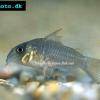 Concolor
Concolor  Cope’s
Cope’s  Sand’s
Sand’s 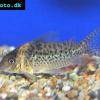 False
False 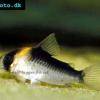 False
False 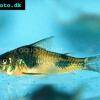 Ehrhardt’s
Ehrhardt’s 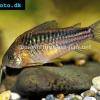 Elegant
Elegant 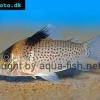 Saddle
Saddle 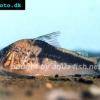 Fowler’s
Fowler’s 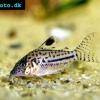 Gomezi
Gomezi 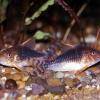 Palespotted
Palespotted 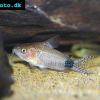 Guapore
Guapore 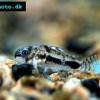 Dainty
Dainty 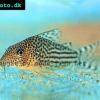 Mosaic
Mosaic 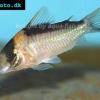 Imitator
Imitator 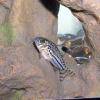 Julii
Julii 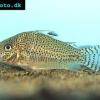 Leopard
Leopard 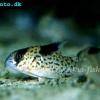 Black
Black 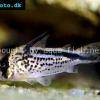 Slant-bar
Slant-bar  False
False 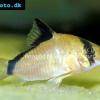 Bandit
Bandit 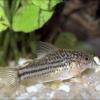 Mini
Mini 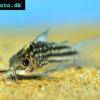 Napo
Napo 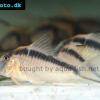 Corydoras
Corydoras  Blue
Blue 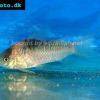 Nijssen’s
Nijssen’s 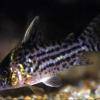 Ornate
Ornate 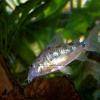 Peppered
Peppered 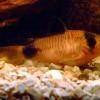 Panda
Panda 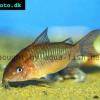 Albertini
Albertini 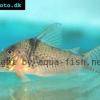 Pastaza
Pastaza 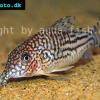 Corydoras
Corydoras 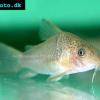 Many-spotted
Many-spotted 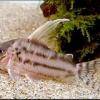 Pretty
Pretty 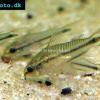 Dwarf
Dwarf  Iridescent
Iridescent 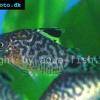 Reticulated
Reticulated 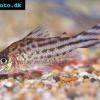 Bannertail
Bannertail 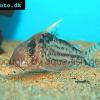 Robust
Robust 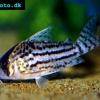 Schwartz’s
Schwartz’s 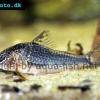 Black
Black 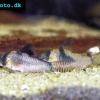 Longnosed
Longnosed 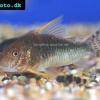 Seuss’
Seuss’ 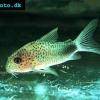 Smudge
Smudge 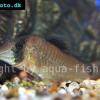 Masquerade
Masquerade 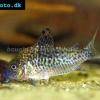 False
False 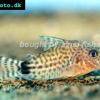 Millenium
Millenium 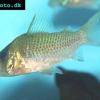 Pinkthroat
Pinkthroat 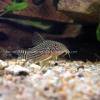 Sterba’s
Sterba’s 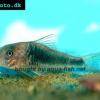 Longsnout
Longsnout 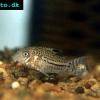 False
False 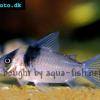 Miguelito
Miguelito 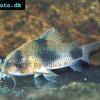 Twosaddle
Twosaddle 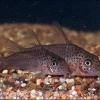 Xingu
Xingu 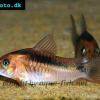 Black
Black 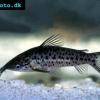 Porthole
Porthole 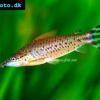 Flagtail
Flagtail 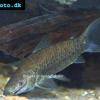 Brown
Brown 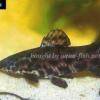 Spotted
Spotted